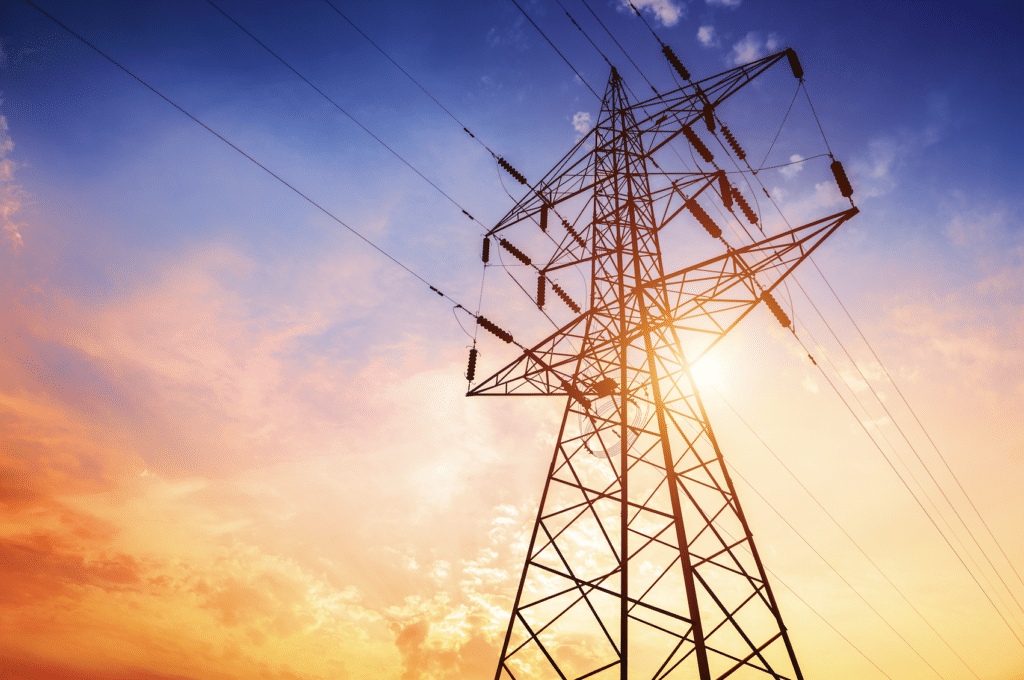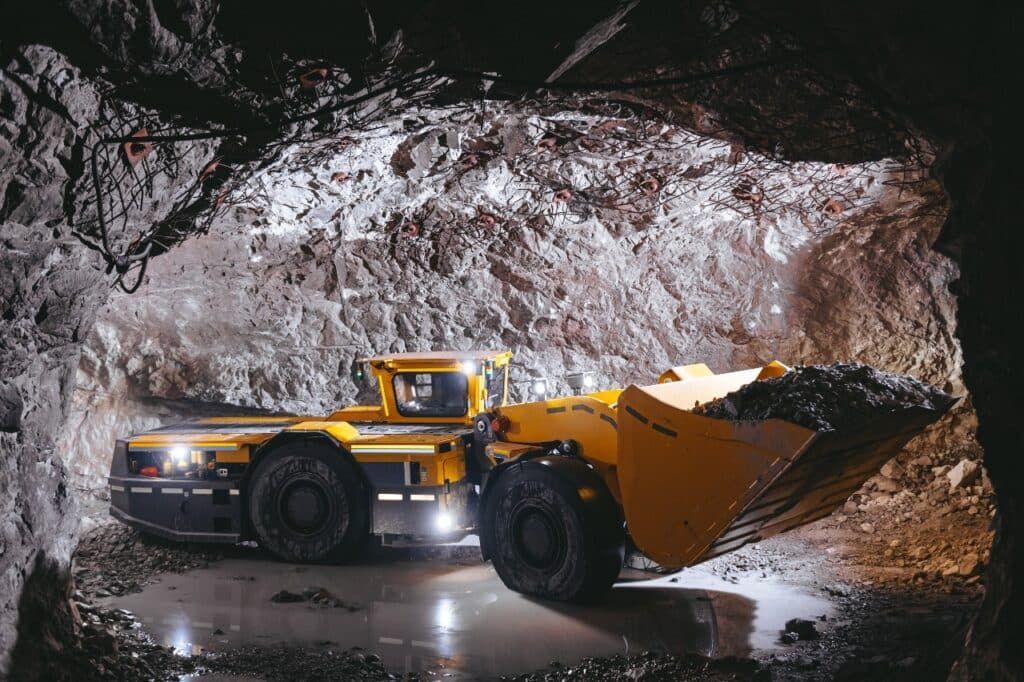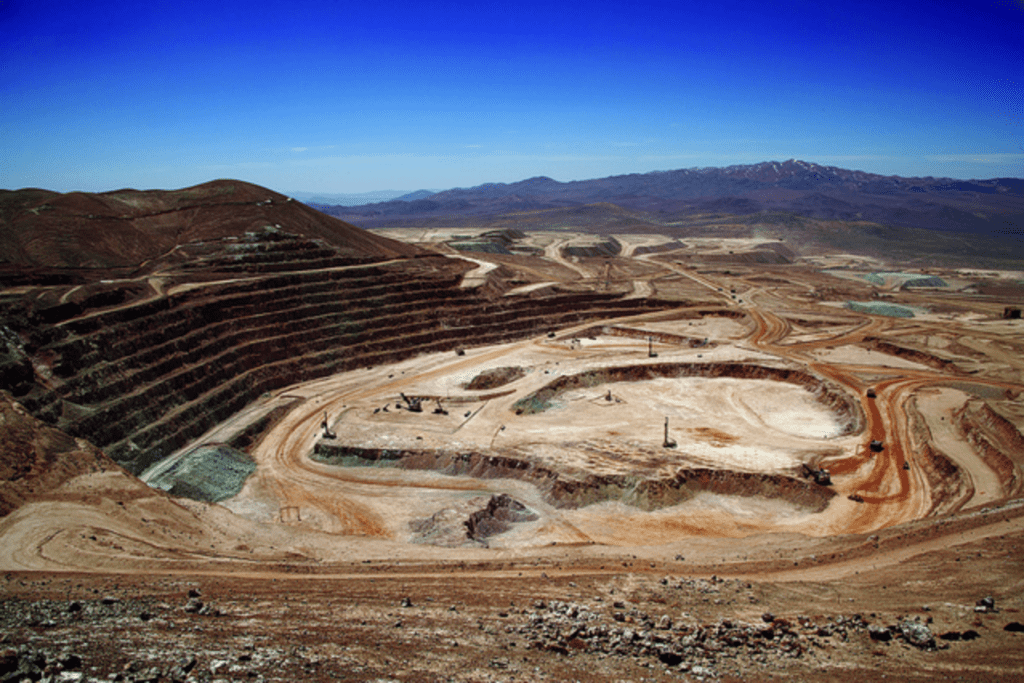Fierce court battle for Hancock mining riches reignites
A multibillion-dollar legal battle between Australia's richest person Gina Rinehart, her children and two rival mining dynasties over iron ore riches from a project half owned by Rio Tinto is a step closer to a verdict.
The complex court stoush that started in July pits Rinehart's company, Hancock Prospecting, against Wright Prospecting and the heirs of engineer Don Rhodes over the massive Hope Downs mining complex.
Rinehart is also battling her eldest children, who claim their grandfather Lang Hancock left them a hefty share in the Pilbara mining resources he discovered in the 1950s.
The legal team for the descendants of mining pioneer Peter Wright, who was the former business partner of Lang Hancock, kicked off the warring parties' closing submissions in the WA Supreme Court on Thursday.
Lawyer Julie Taylor said the tenements were sought for the partnership using the men's company's goodwill and staff, and Hancock Prospecting could not claim to have applied for the exploration licences on its own.
She said letters and memos using the partnership's letterhead were not an accident and staff was attempting to develop the resources on behalf of both men.
"Work done on acquisition by the parties on behalf of the partnership strongly supports a finding that those within the partnership were proceeding on the basis that the [tenements] had been taken up for the partnership," she said.
Taylor reminded Justice Jennifer Smith about a 1987 partnership agreement - which Hancock Prospecting has allegedly breached - saying Hancock and Wright had worked for years to obtain the tenements and "received the opportunity to apply for [them] in the course of its business activities".
She also referred to a meeting between Hancock and Wright's adult children after their father died in 1985, in which he allegedly said the tenements were "held for us".
About two dozen lawyers and company spin doctors have packed a Perth courtroom for the trial, which has also featured sensational claims against Rinehart.
These include that the reclusive billionaire devised an unlawful scheme to defraud her children and allegedly threatened to have her father's wife Rose Porteous deported amid fears she would inherit shares in Hancock Prospecting.
The court has also been told Rinehart lied about her father allegedly breaching his fiduciary duties to his company, and that Hancock attempted to sever ties with his daughter before he died in 1992.
Rinehart inherited her father's iron ore discovery in WA's Pilbara region and forged a mining empire after he died.
She developed mines from the tenements at Hope Downs, signing a deal in 2005 with Rio Tinto, which has a 50 per cent stake in the project.
Her wealth is estimated to be about $36 billion and she is executive chair of Hancock Prospecting.
The Hope Downs mining complex near Newman is one of Australia's largest and most successful iron ore projects, comprising four open-pit mines.
Wright Prospecting has demanded a share of unmined and mined Hope Downs tenements and royalties, amid a claim that Hancock Prospecting breached 1980s partnership agreements.
DFD Rhodes is claiming a 1.25 per cent royalty share of Hope Downs' production, over an alleged deal with Hancock and Wright that saw it hand over tenements in the 1960s.
Hancock Prospecting maintains it undertook all the work, bore the financial risk involved in the development at Hope Downs and is the legitimate owner of the assets.
In August Rinehart criticised media reporting of the trial, referring to claims of a major rift between her and Hancock in the years before he died.
"It's saddening that media likes to ignore the good if you're successful and not a socialist," she told the Australian Bush Summit in Perth.
"Instead just referring to some correspondence when I was very concerned about our family company over a few years."
Source: https://www.9news.com.au/national/fierce-court-battle-for-hancock-mining-riches-reignites/36e24353-7c77-4187-b33e-32ae88cf6aff




